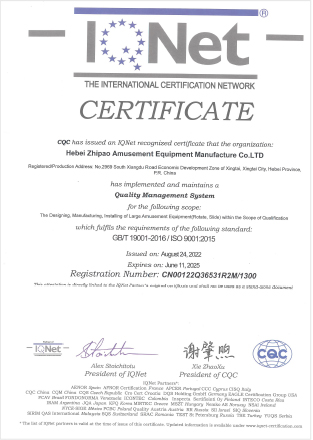- Albanian
- Arabic
- Belarusian
- Bengali
- Czech
- English
- French
- German
- Hebrew
- Hungarian
- Indonesian
- irish
- Italian
- Japanese
- kazakh
- Persian
- Russian
- Thai
- Uzbek
- Vietnamese
Affordable Roller Coaster Ticket Prices for a Thrilling Experience
The Price of Thrills Understanding Roller Coaster Costs
Roller coasters are an integral part of amusement parks, attracting thrill-seekers of all ages with their dizzying heights, sharp turns, and exhilarating drops. However, behind the excitement and adrenaline rush lies a complex financial structure that governs the pricing of roller coasters—both in terms of their construction and the prices ticket buyers must pay. In this article, we will explore the factors that contribute to roller coaster prices, the economics behind amusement parks, and the consumer perspective on these thrilling rides.
The Costs of Construction
The price of building a roller coaster can vary significantly based on several factors, including design complexity, materials used, location, and the technology incorporated into the ride. On the lower end, basic wooden coasters can cost anywhere from $1 million to $5 million. In contrast, modern steel roller coasters with advanced features and designs can exceed $20 million. For example, elaborate coasters like record-breaking rides can cost upwards of $30 million to construct.
The materials used in the construction of roller coasters also play a significant role in overall costs. Steel coasters are typically more expensive due to their structural integrity and durability compared to wooden ones. Additionally, factors like height, length, and speed of the ride contribute to increased expenses. As amusement parks strive to create unique and record-setting attractions, competition pushes prices higher and higher.
Maintenance and Safety
After a roller coaster is constructed, ongoing maintenance and safety inspections are crucial components of operational costs. The average annual upkeep for a roller coaster can range from $100,000 to $300,000, depending on the ride's complexity and usage rates. Parks must invest heavily in regular inspections and repairs to ensure the safety of riders and compliance with government regulations. Insurance premiums to cover potential liabilities further add to the financial burden faced by amusement parks.
roller coaster price

Moreover, the costs associated with employing skilled personnel to oversee maintenance, conduct tests, and train staff can accumulate quickly. Roller coasters must be kept in optimal condition to deliver safe and thrilling experiences, and this commitment to safety comes with a price.
Ticket Pricing Strategy
From a consumer standpoint, understanding how roller coaster prices translate to ticket pricing is essential. Amusement parks have to balance affordability for guests with profitability. Day passes for parks can vary widely, ranging from $50 to $150 or more, depending on the popularity of the park, the number of attractions, and included services. Special events, season passes, and promotions also influence pricing strategies.
To maximize profits, parks often leverage peak seasons and special promotions, allowing them to charge premium rates during high-demand periods. While some thrill-seekers may find the price steep, many are willing to pay a premium for unique experiences, innovative technology, and new attractions. The increasing trend of immersive experiences, such as themed environments and virtual reality integrations, adds value and justifies higher ticket prices.
Consumer Insights
Today’s consumers are more informed than ever, often researching potential rides and their safety records before visiting. Rider experiences shared on social media and review platforms can significantly influence public perception and demand. Attractions that consistently deliver exhilarating experiences while prioritizing safety tend to draw larger crowds, justifying higher ticket prices.
Despite the costs associated with roller coasters, the key takeaway is that these thrilling rides represent a significant investment for amusement parks. They are not merely attractions; they symbolize innovation and adventure, providing guests with unforgettable memories. While roller coaster prices can be substantial, the thrill of the ride, coupled with the immersive experiences offered by modern amusement parks, often makes them well worth the cost. In the end, both the parks and the riders celebrate as they embark on an exhilarating journey of excitement and fun, paying homage to the price of thrills.
-
Flume Ride-Hebei Zhipao Amusement Equipment Manufacturing Co., Ltd.|Thrilling Water Attraction&Customizable DesignJul.30,2025
-
Flume Ride - Hebei Zhipao Amusement Equipment | Water Coaster, Thrilling DescentJul.30,2025
-
Flume Ride - Hebei Zhipao | Thrilling Water AttractionJul.30,2025
-
Flume Ride: Thrilling Water Attraction by Hebei Zhipao|Log Flume Manufacturers&Flume Ride DesignJul.30,2025
-
Flume Ride-Hebei Zhipao Amusement Equipment Manufacturing Co., Ltd.|Thrilling Water Coaster, Safe DesignJul.30,2025
-
Flume Ride-Hebei Zhipao Amusement Equipment Manufacturing Co., Ltd.|Thrilling Water Attraction, Safe DesignJul.30,2025
